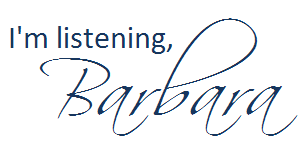
In addition to writing your own blog posts, you will also comment on others’ blogs; these comments will count as 25% of your grade on your blog. Aim to comment on two blog posts each week; you will need 20 comments before the end of the semester .
We’ll discuss writing effective blog comments in class. Kipp Bodnar provides tips for How to Be an Awesome Blog Commenter; read these.
Aim to include a variety of blogs that you comment on, ranging from your classmates’ blogs to those of PR professionals. (For a great way to find new and interesting PR blog posts to comment on, subscribe to Ragan’s PR Daily. Or, visit my social bookmarks for PR blogs.)
To track your comments so that I can easily find them, create (and keep adding to) two blog posts that you will title “Blog Comments: Peer” and “Blog Comments: Professional.” In each post you will include:
- Comment # (keep a running list)
- Title of blog post you commented on, followed by the author’s name
- Hyperlink to the blog post
- Date of your comment
- Your complete comment (copy and paste)
See Amber Sakis’ blog and Rachel LaFlam’s blog for some great examples of how to track your comments. (NOTE: For this semester, it’s important to divide up the peer and professional comments for easy tracking; in previous semesters, comments were blended.)
NOTE 1: In order for the comment to “count” as part of your grade for this course, it needs to be a minimum of 50 words long — a few sentences. Comments such as “I totally agree” or “Thank you for sharing your thoughts” are nice, but they do not count for credit in this class. You are welcome (and even encouraged) to write comments of varying lengths, but for class credit, 50 words is the shortest I’ll accept.
NOTE 2: Do not post each of your blog comments as separate blog entries; make two pages and keep editing/adding to them.
And whatever you do, make sure your blog comments aren’t whack.











 The savings aren’t quite as dramatic for some of my other classes, but it’s still a smart option to investigate.
The savings aren’t quite as dramatic for some of my other classes, but it’s still a smart option to investigate.
 [Originally posted February 24, 2010.]
[Originally posted February 24, 2010.]
